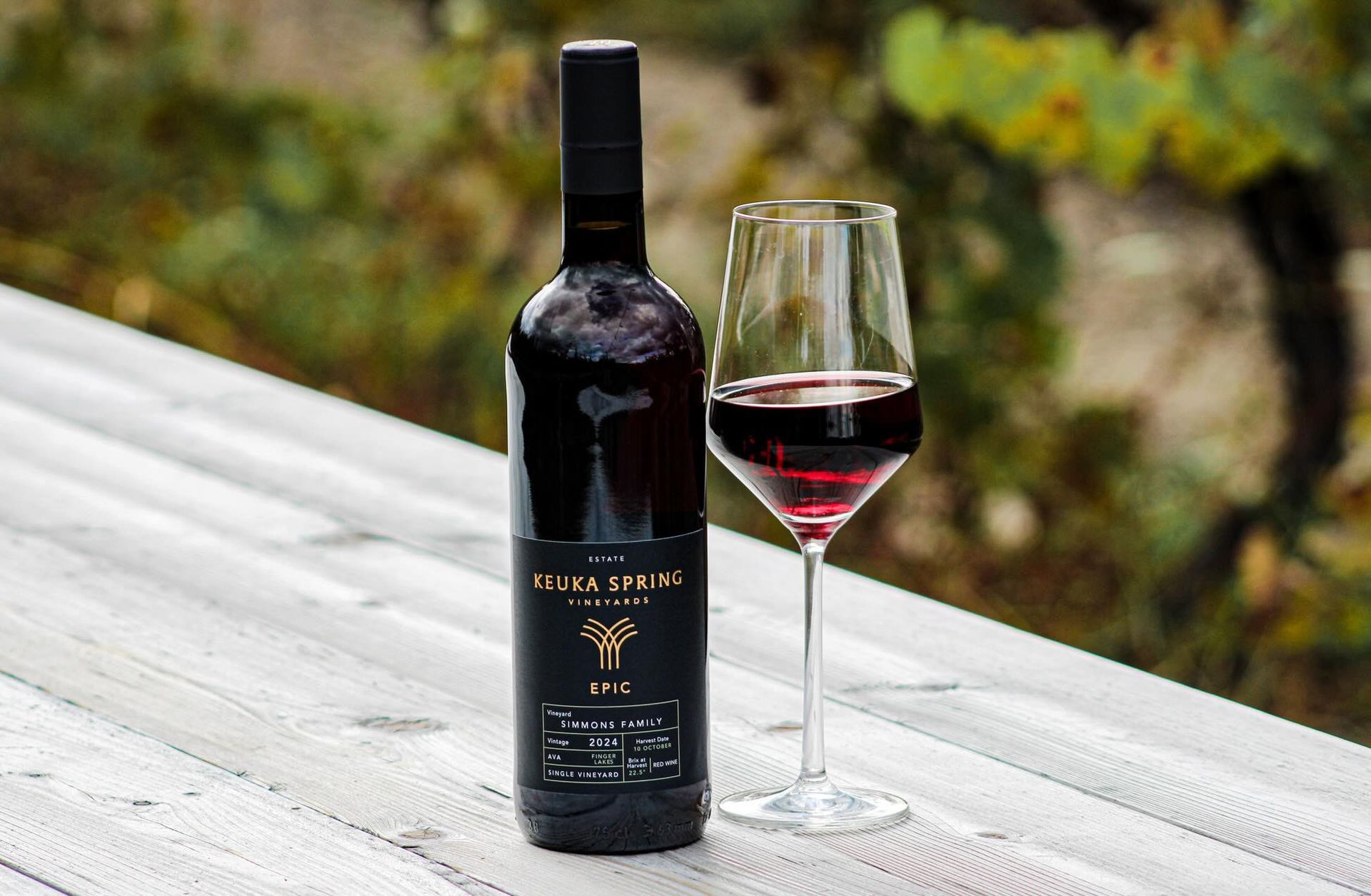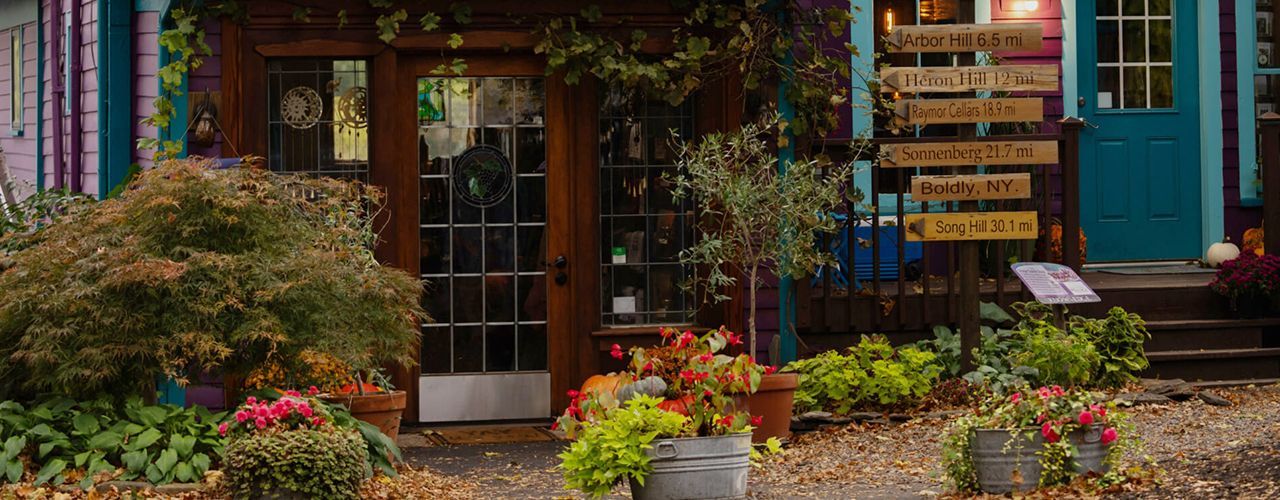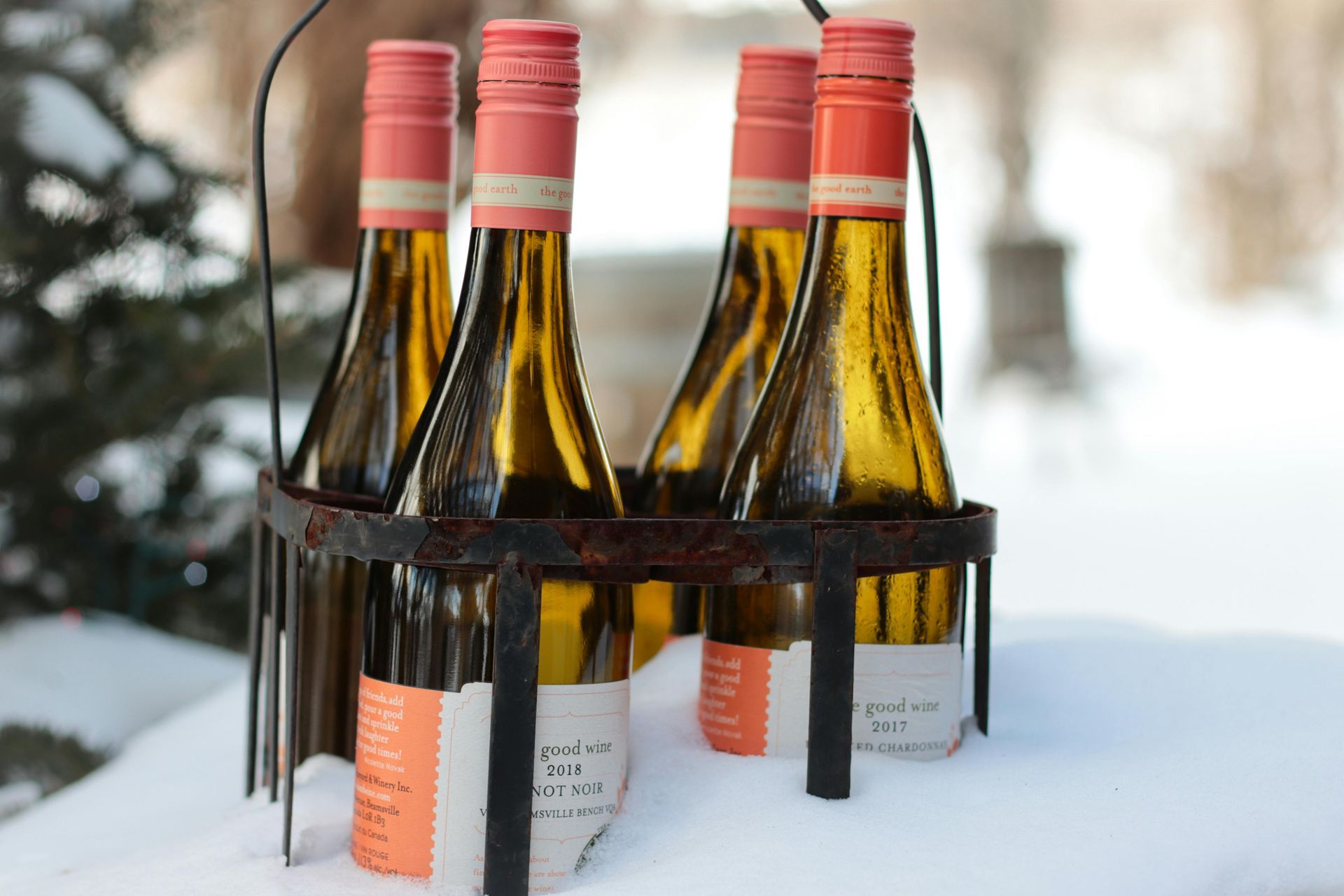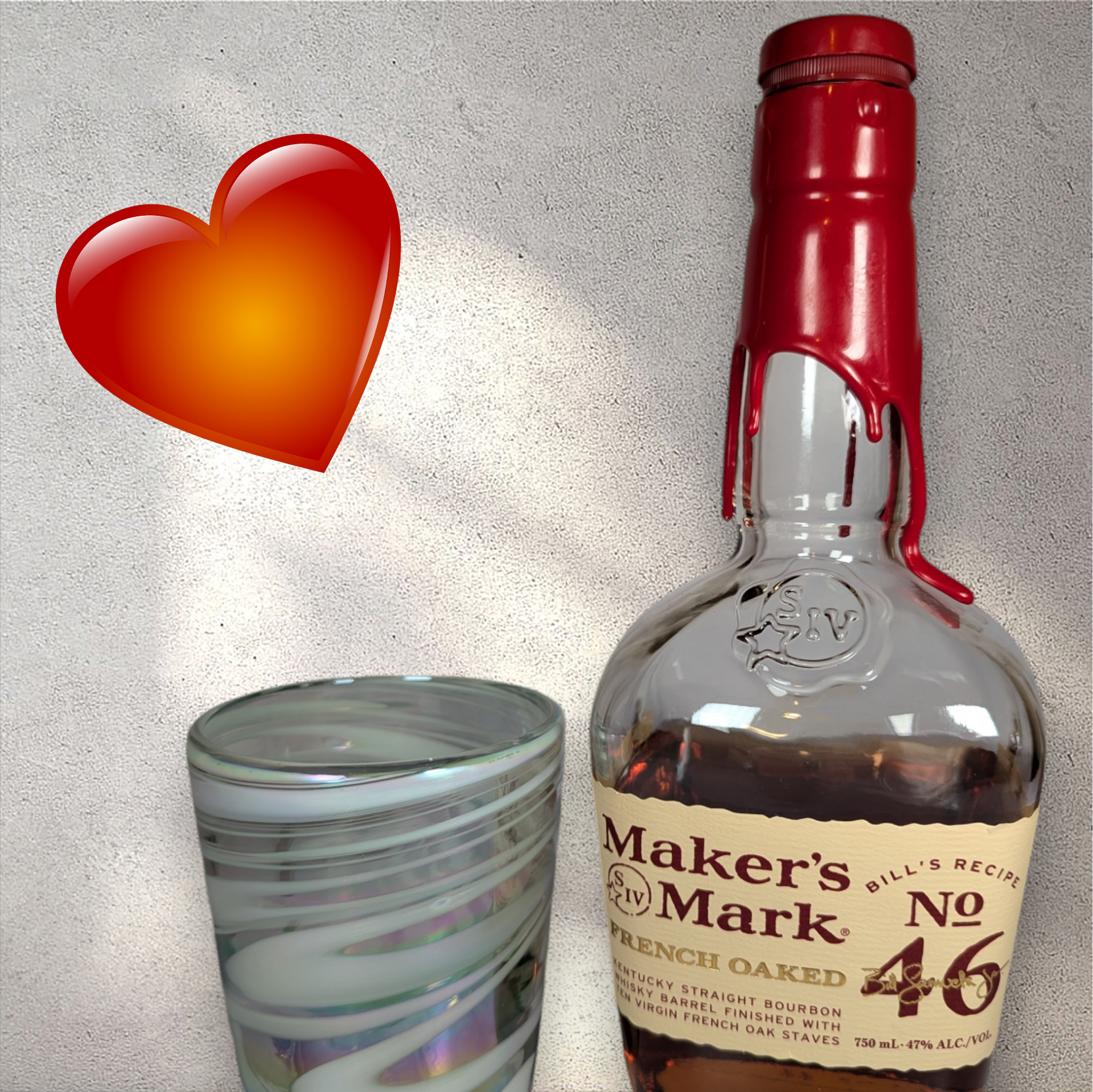Corkscrews and Centuries: Uncorking Surprising US Wine History
Kentucky, Missouri, and the Root Louse: Five Facts That Rewrote the History of American Wine.
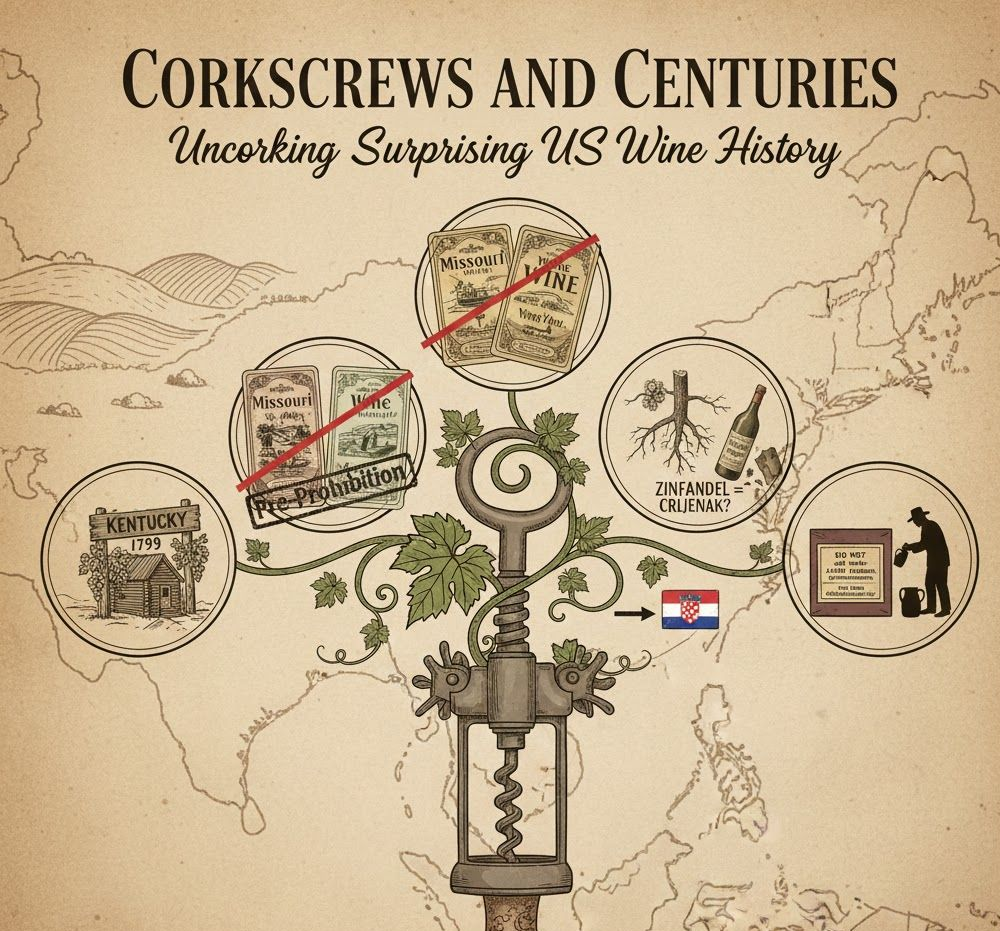
Did You Know: US Wine History
Q: Did you know which US state had the first legally recognized commercial winery?
A: It wasn't California! The First Vineyard was established in Kentucky by John James Dufour in 1799, after being authorized by the state legislature. The winery was situated on the Kentucky River near what is now Nicholasville.
Q: Did you know which two US states actually surpassed California in wine production before Prohibition?
A: New York and Missouri were both major winemaking centers before 1920. Missouri, particularly around the town of Hermann, was the nation's second-largest producer thanks to German immigrants, and New York was often the largest producer overall.
Q: Did you know why European winemaking efforts repeatedly failed on the East Coast for the first two centuries of colonization?
A: The primary culprit was the root louse Phylloxera, which is native to North America. European vines (Vitis vinifera) had no natural resistance to the pest, which was eventually carried to Europe on American vines, devastating vineyards worldwide in the 1800s.
Q: Did you know that California's signature grape, Zinfandel, is actually a Croatian grape variety?
A: DNA testing in the early 2000s confirmed that Zinfandel is genetically identical to the Croatian variety Crljenak Kaštelanski. The grape was brought to the US from Europe in the early 1800s, but its true identity was a mystery for over 150 years!
Q: Did you know what loophole allowed some Californian wineries to survive and even thrive during the 13 years of Prohibition (1920–1933)?
A: A legal exception allowed citizens to produce 200 gallons of fruit juice (including wine) per year for home consumption. This led vineyards to sell dehydrated grape "bricks" with warnings on how not to reconstitute them into wine, fueling home winemaking and keeping some grape growers in business.




